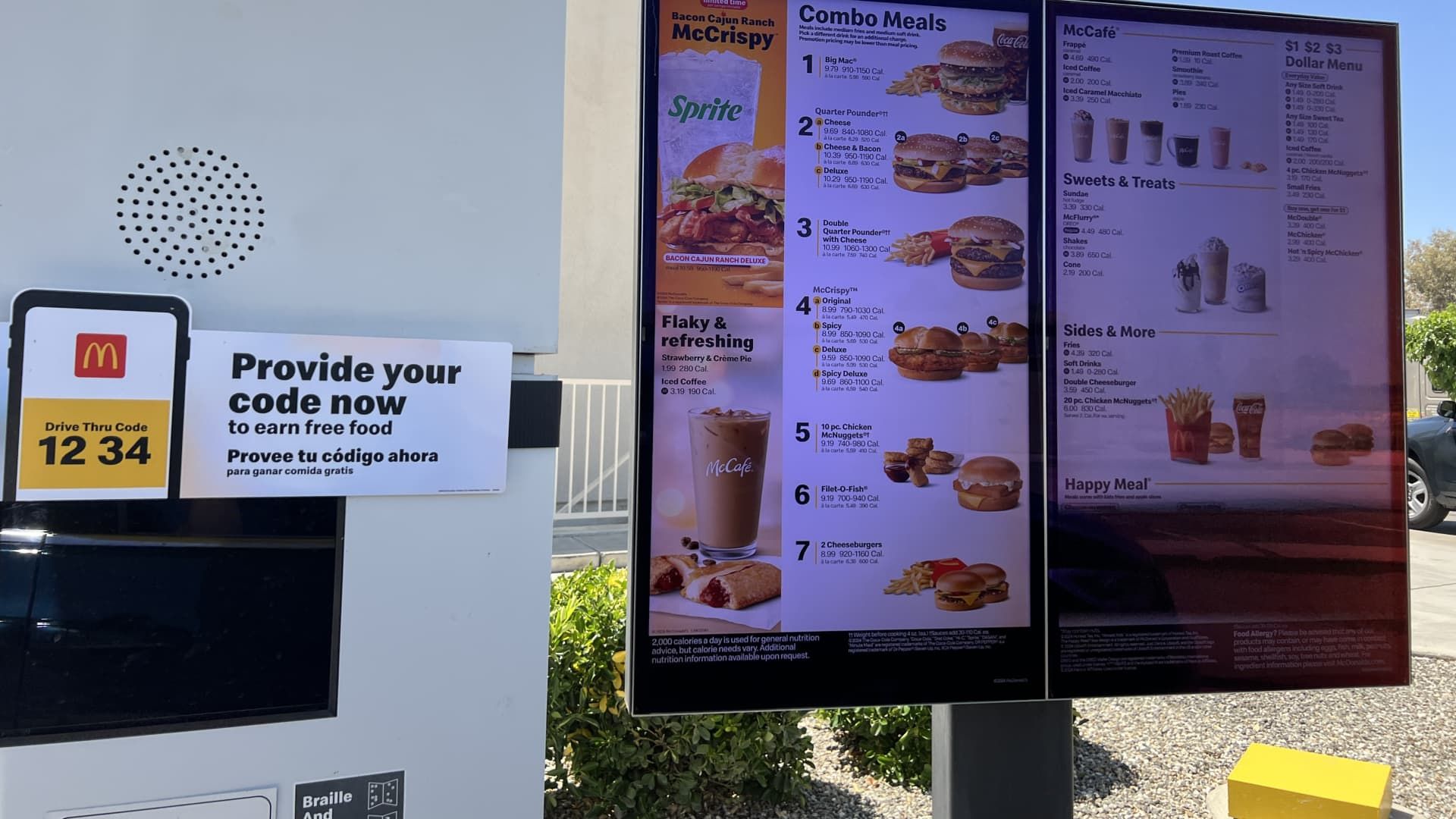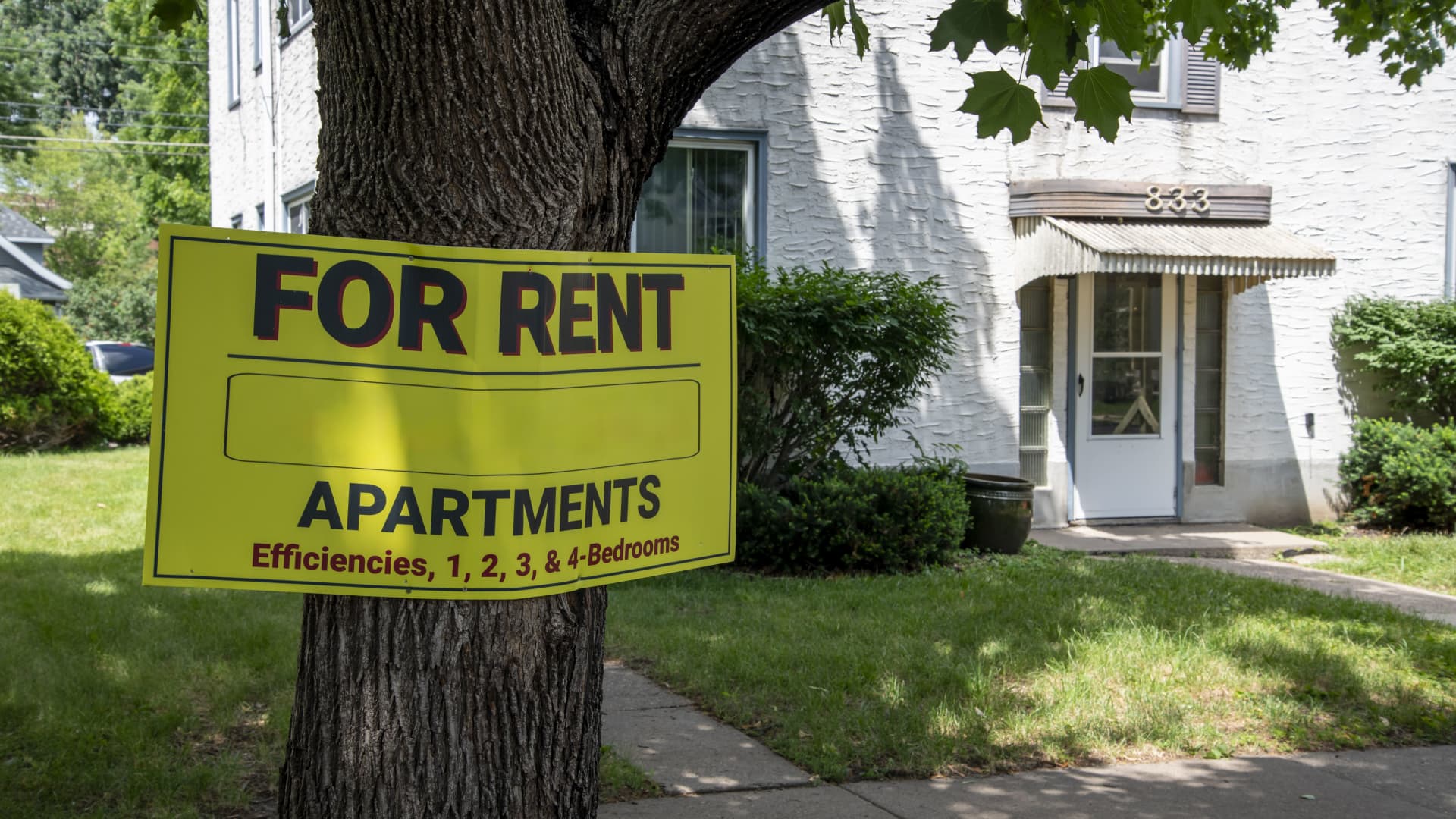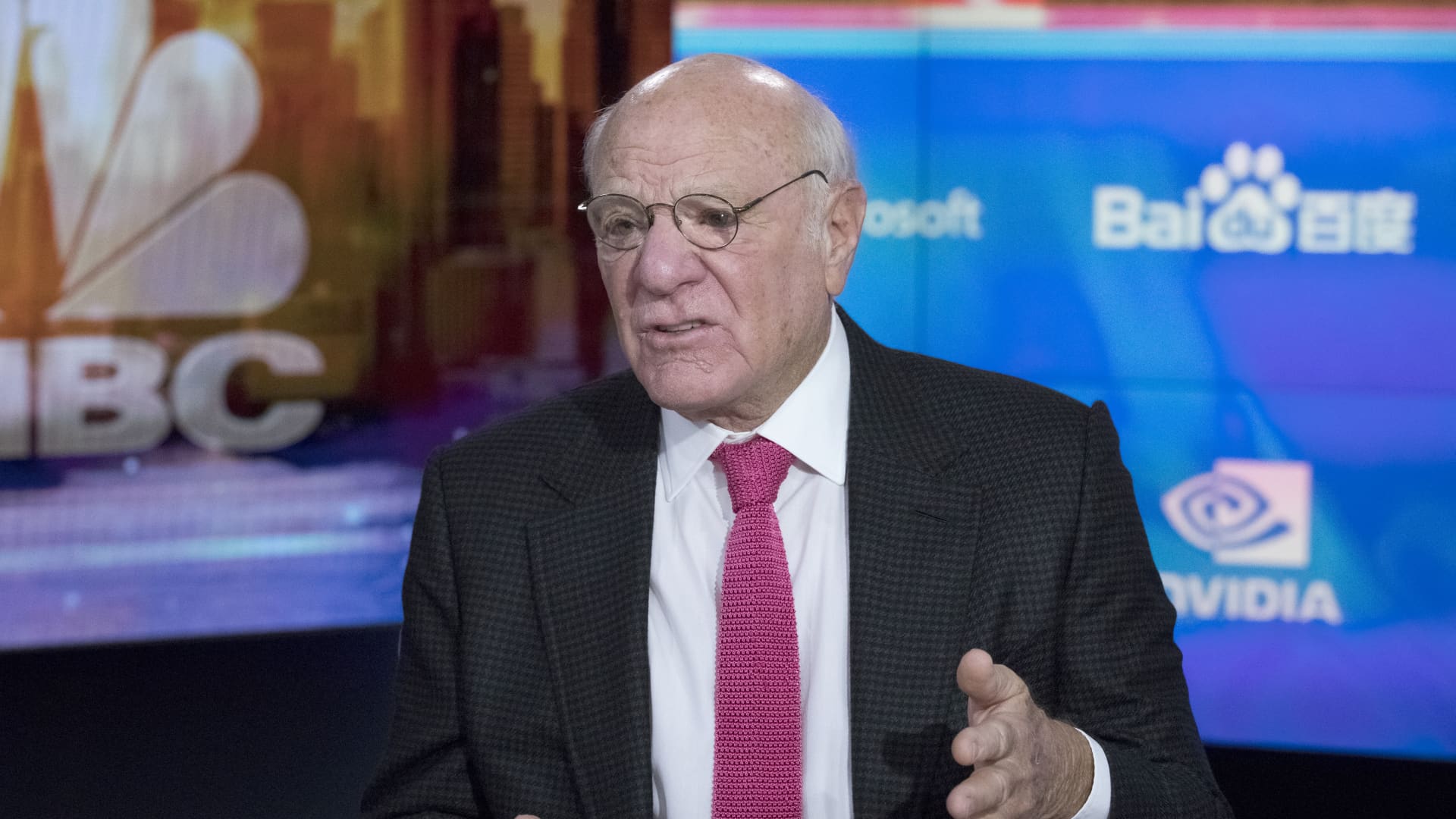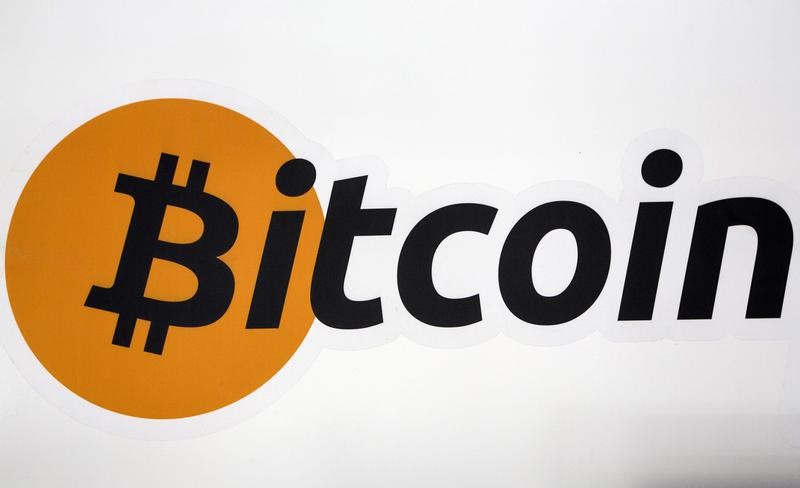A McDonald's restaurant drive-thru menu showing various food options and promotions, in Buttonwillow in Kern County, California, on May 23, 2024.
Smith Collection | Gado | Stock Photos | Getty Images
Looking for ways to cut labor costs, restaurants are hoping artificial intelligence can reduce drive-thru orders, but it will likely be years before the technology is widely available.
This year, 16% of restaurant operators plan to invest in artificial intelligence, including voice recognition, according to a survey by the National Restaurant Association. Most of the big spending is coming from large chains, which have the capital and scale to make the technology work for their businesses.
Even before the pandemic, labor costs had been rising for restaurants, prompting operators to turn to technology to boost their profit margins. Then came COVID, which not only accelerated labor costs but also prompted a shift from dining rooms to drive-thru lanes. California’s decision earlier this year to raise wages for fast-food workers to $20 an hour has only made operators more inclined to embrace technology to reduce their labor costs, which so far has mostly been aided by the automation of in-house tasks.
At the same time, ChatGPT and other AI tools have fueled new enthusiasm for generative AI in restaurants, although the industry is often slow to adopt technological advances.
A hurdle for the burgeoning technology came in June, when McDonald's told franchisees it would end its trial of Automated Order Taker, an artificial intelligence technology designed for its drive-thru lanes through a partnership with IBM. The fast-food giant, once a pioneer in the voice-ordering race, now plans to turn to other vendors.
Then this Presto Automationthe self-service AI technology company that disclosed in Securities and Exchange Commission filings last year that it uses “human agents” in places like the Philippines and India to fill orders. Presto’s interim CEO, Gee Lefevre, maintains that using humans is common in the AI industry and helps train the technology without straining the restaurant workforce. The company unveiled a fully autonomous version in May. Still, the initial lack of transparency may scare off some operators.
While some restaurants may be skeptical about using AI for drive-thru for now, its adoption may increase in the coming months and years.
According to TD Cowen analyst Andrew Charles, the tipping point for voice ordering is likely to come within 12 to 18 months. He believes that's when at least two of the country's top 25 restaurant chains will go all in and expand their small trials of the technology across their operations.
“It's like third-party delivery a few years ago: everyone was trying it, then when McDonald's moved to Uber, everyone else followed suit with their own partnerships,” Charles said.
This time, McDonald's is unlikely to be the first to act.
The pros and cons of AI-powered ordering
Companies that rely on voice ordering technology say their AI does not replace jobs, but simply frees up workers to perform other tasks. They also highlight secondary benefits.
Sound dogSoundHound, an early leader in this space, claimed that its AI can process over 90% of orders without any human intervention; the typical accuracy rate for humans is between 80% and 85%. SoundHound also claimed that its AI can speed up self-service lines by about 10% because it can process orders faster. Additionally, AI tries to upsell customers on each order, which increases the average check size.
In addition, in the future, AI could take orders from non-English speakers, which represents a huge opportunity both internationally and domestically, according to Charles.
But despite all the potential advantages, generative AI also has some disadvantages.
Sanford, Florida, takeout area at McDonald's restaurant, with line of cars.
Jeff Greenberg | Universal Images Group | Getty Images
First, restaurants risk damaging their reputation by using AI, Bank of America Securities analyst Sara Senatore wrote in a research note published Friday. For example, incorrect orders can cause delays and frustration, even if the AI transfers customers to a human restaurant worker.
And while younger customers may enjoy greater efficiency and a lack of human interaction, older age groups tend to think differently. Most baby boomers would prefer fewer technological options at mealtime, according to a consumer survey conducted earlier this year by the National Restaurant Association.
Plus, the technology isn’t perfect. Restaurants with weak Wi-Fi will need to speed up their internet connections. Restaurants near noisy highways will likely find that voice ordering technology will need a few years to catch up and better understand customers. And restaurants with long, complicated menus will likely find that AI’s problems are more pronounced.
Why McDonald's dropped its partnership with IBM
For McDonald's, the risks aren't worth it — for now.
The fast-food giant’s foray into AI for drive-thru operations began in 2019, when the company bought Apprente and rebranded it as McD Tech Labs. Two years later, McDonald’s sold McD Tech Labs to IBM and announced a global partnership with the tech company for undisclosed terms. McDonald’s had already tested the technology at a handful of Chicago-area locations. The transfer of the technology to IBM led to a larger-scale test of about 100 restaurants.
But the test results fell short of McDonald's standards. The technology had trouble interpreting different accents and dialects, affecting order accuracy, among other problems, according to two sources familiar with the matter. At the time, McDonald's declined to comment on the technology's accuracy or challenges, while IBM did not respond to a request for comment on the tool's accuracy.
Despite the setback, McDonald's has not abandoned its goal of using artificial intelligence to take orders at the drive-thru.
“While we have seen some successes to date, we believe there is an opportunity to explore voice ordering solutions more broadly,” Mason Smoot, senior vice president and head of restaurants for McDonald's U.S., wrote in a memo to franchisees.
Yum, Wendy's AI ordering test
The Golden Arches is not the only chain offering a test of voice ordering.
Gastonia, North Carolina, Taco Bell, Mexican fast food restaurant and drive thru at dusk.
Jeff Greenberg | Universal Images Group | Getty Images
Yum Brands Taco Bell is expanding its voice-enabled AI test from five locations to 30 restaurants in California “based on positive consumer feedback,” executives said in early May. White Castle plans to use SoundHound’s technology in more than 100 of its restaurants by the end of the year. And last year, From Wendy announced a test at a company-owned restaurant in Columbus, Ohio, through a partnership with Google.
So far, the first-movers have largely been companies with lower average unit volumes, said TD Cowen’s Charles. The industry metric refers to a chain’s average annual sales per restaurant. Because those chains’ locations have lower sales, there’s more financial incentive to use AI to mitigate higher labor costs, according to Charles.
Panera Bread founder Ron Shaich told CNBC that the real winners will be the “fast followers” rather than the early adopters of voice ordering. Shaich, who currently serves as president of Digging and CEO of his own investment firm, Act 3 Holdings, takes credit for pioneering many restaurant technology advances: free Wi-Fi in Panera restaurants, the combination of the chain's mobile app and loyalty program and the introduction of self-service kiosks.
But when it comes to voice ordering, Shaich said he thinks it's best to wait while the technology is perfected and focus on making sure the overall customer experience can outperform the competition.
“Nobody runs to a restaurant because they have this technology,” he said.
— CNBC Kate Rogers Contributed reporting for this story.









